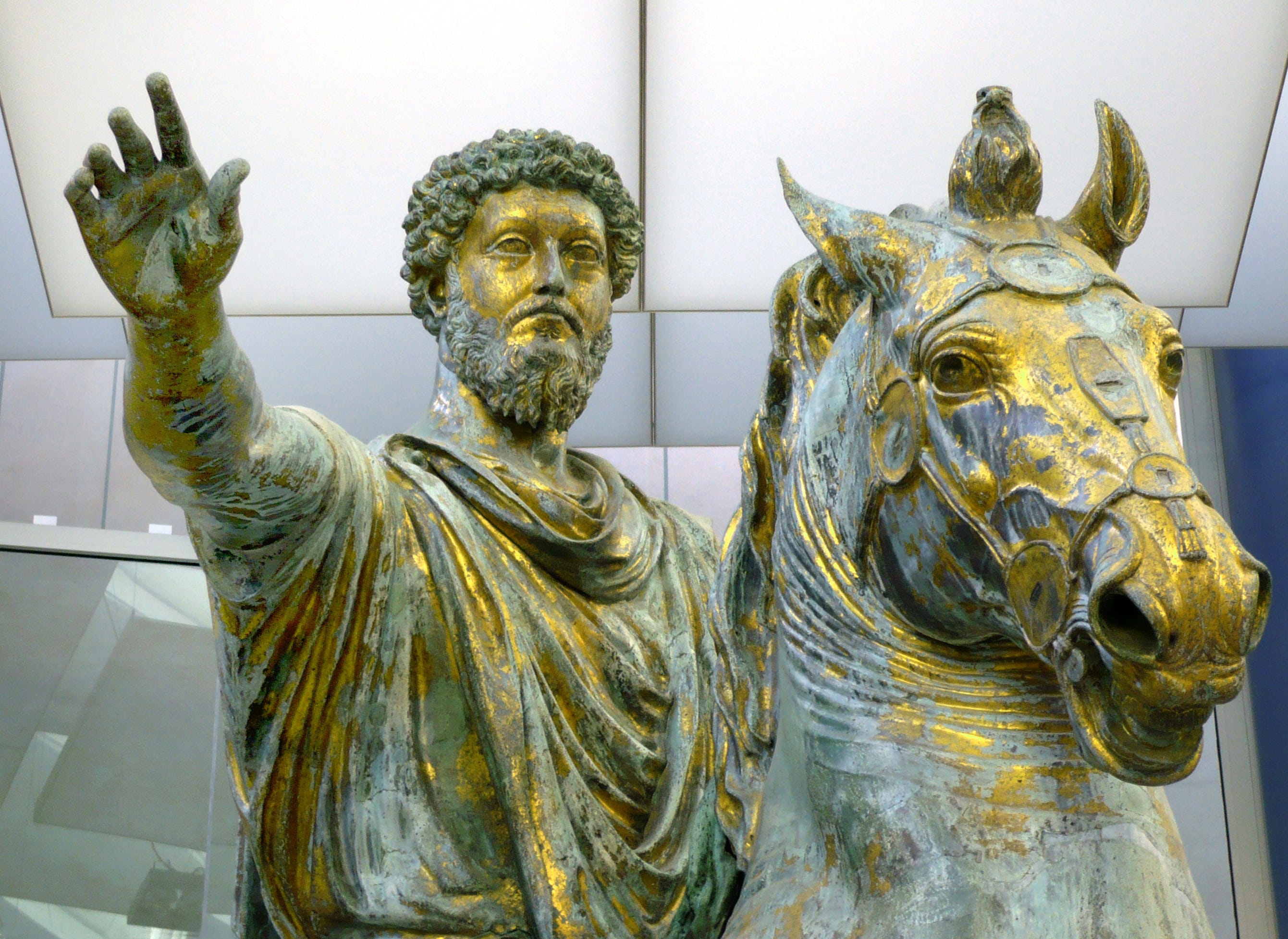
“The happiness of your life depends upon the quality of your thoughts” — Marcus Aurelius
The ancient philosophy of Stoicism is wildly popular at the moment. Long dead Stoic thinkers such as Marcus Aurelius and Seneca the Younger have become best selling authors. This is largely thanks to the self-help industry, which has rediscovered and repackaged Stoicism as a kind of self-help philosophy.
This repackaging is partly the reason why Stoicism is one of the most misunderstood and abused philosophical schools.
Stoicism is often sold to us as a philosophy for “action”, for busy people who don’t have the time to contemplate over philosophical puzzles about life. Selectively quoting Seneca the Younger, Marcus Aurelius and Epictetus out of context would give anybody the strong impression that that is the case.
No comments:
Post a Comment